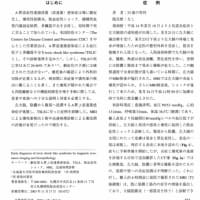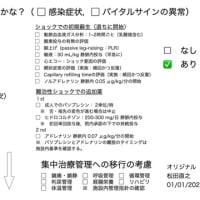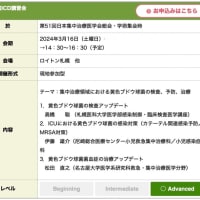オクルージョンバルーンカテーテル ReBOA
Resuscitative endovascular balloon occlusion of the aorta
Resuscitative Endovascular Balloon Occlusion of the Aorta (REBOA) as an Adjunct for Hemorrhagic Shock
Stannard, Adam MRCS; Eliason, Jonathan L. MD; Rasmussen, Todd E. MD
Temporary occlusion of the aorta as an operative method to increase proximal or central perfusion to the heart and brain in the setting of shock is not new. Resuscitative aortic occlusion with a balloon was reported as early as the Korean War and has been described in more recent publications. Despite potential advantages over thoracotomy with aortic clamping, resuscitative endovascular balloon occlusion of the aorta (REBOA) for trauma has not been widely adopted. Broader application of this procedure may have lagged because of latent technology, a poorly understood skill set, or anticipated ineffectiveness of the technique. However, the recent evolution of endovascular technology and its clear benefit in managing vascular disease such as ruptured abdominal aortic aneurysm suggest that a reappraisal of this technique for trauma is needed. The objective of this report is to provide a technical description of REBOA.
Aortic Zone
Positioning of the Balloon (Zones of the Aorta) |
|
To select the most appropriate compliant balloon, the user needs to decide which aortic zone is to be occluded. Aortic zones can be considered I, II, and III spanning from cranial or proximal to caudal or distal. Zone I is the descending thoracic aorta between the origin of the left subclavian and celiac arteries. Zone II represents the paravisceral aorta between the celiac and the lowest renal artery and zone III the infrarenal abdominal aorta between the lowest renal artery and the aortic bifurcation. In most instances of shock and pending cardiovascular collapse, the aim will be to position the compliant balloon to occlude zone I. In this case, a larger diameter balloon and a longer sheath will be advanced into the thoracic aorta. REBOA in zone I requires a longer sheath (45–60 cm) to be positioned in the descending thoracic aorta to support or hold the balloon against aortic pulsation once it is inflated. Inflation of a compliant balloon in aortic zone III may provide specific utility in cases of pelvic or junctional femoral hemorrhage.6 In this instance, a smaller diameter balloon may be sufficient. Because the aortic bifurcation will support or hold the inflated balloon against pulsation, this maneuver can be accomplished using a large diameter but shorter (10–15 cm) sheath.
|
REFERENCES |
|
1. Hughes CW. Use of an intra-aortic balloon catheter tamponade for controlling intraabdominal hemorrhage in man. Surgery. 1954;36: 65–68. |
|
2. Ledgerwood AM, Kazmera M, Lucas CE. The role of thoracic aortic occlusion for massive hemoperitoneum. J Trauma. 1976;16:610–615. |
|
3. Gupta BK, Khaneja SC, Flores L, Eastlick L, Longmore W, Shaftan GW. The role of intra-aortic balloon occlusion in penetrating abdominal trauma. J Trauma. 1989;29:861–865. |





























